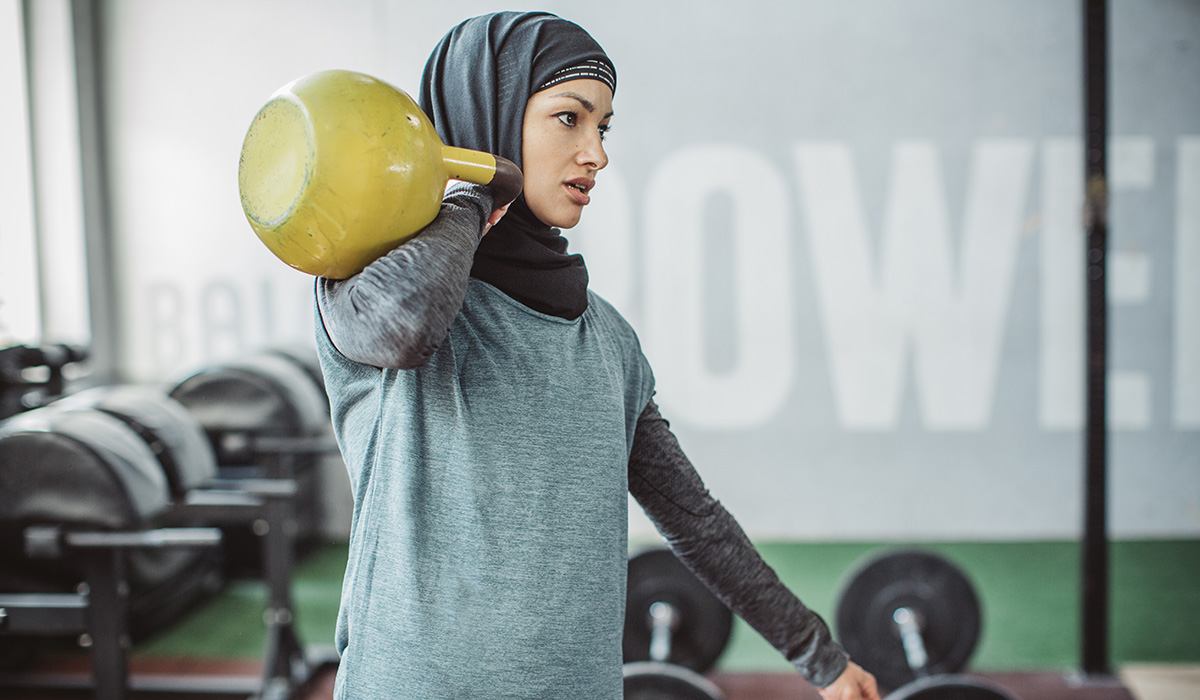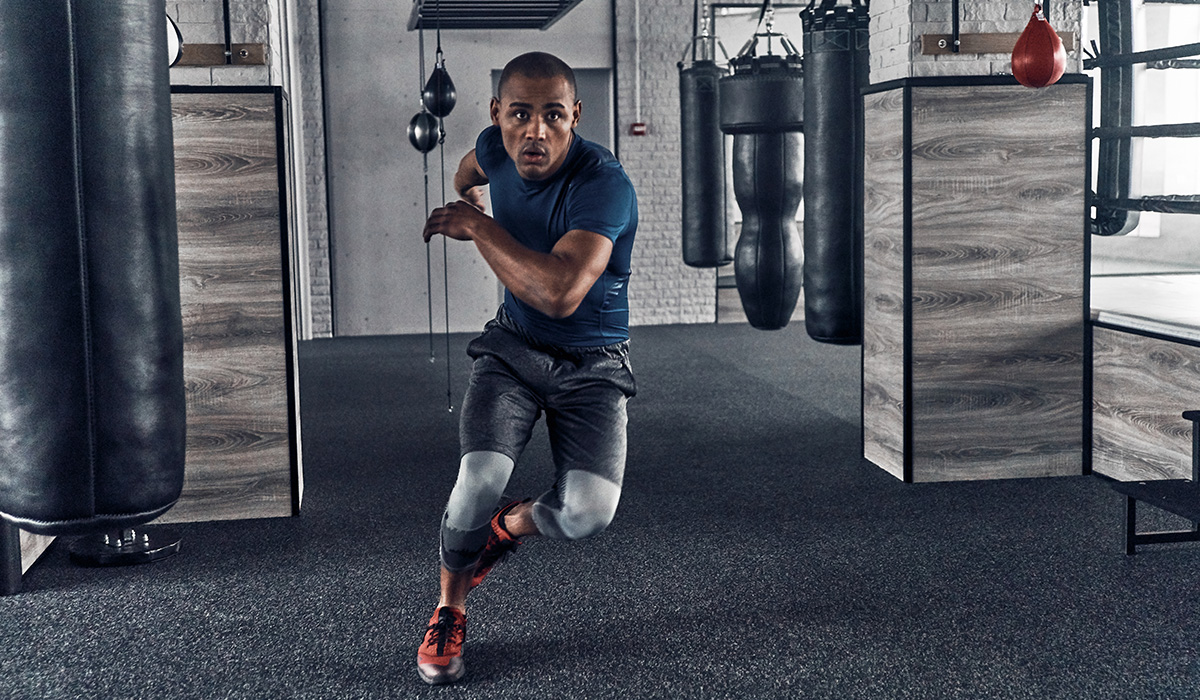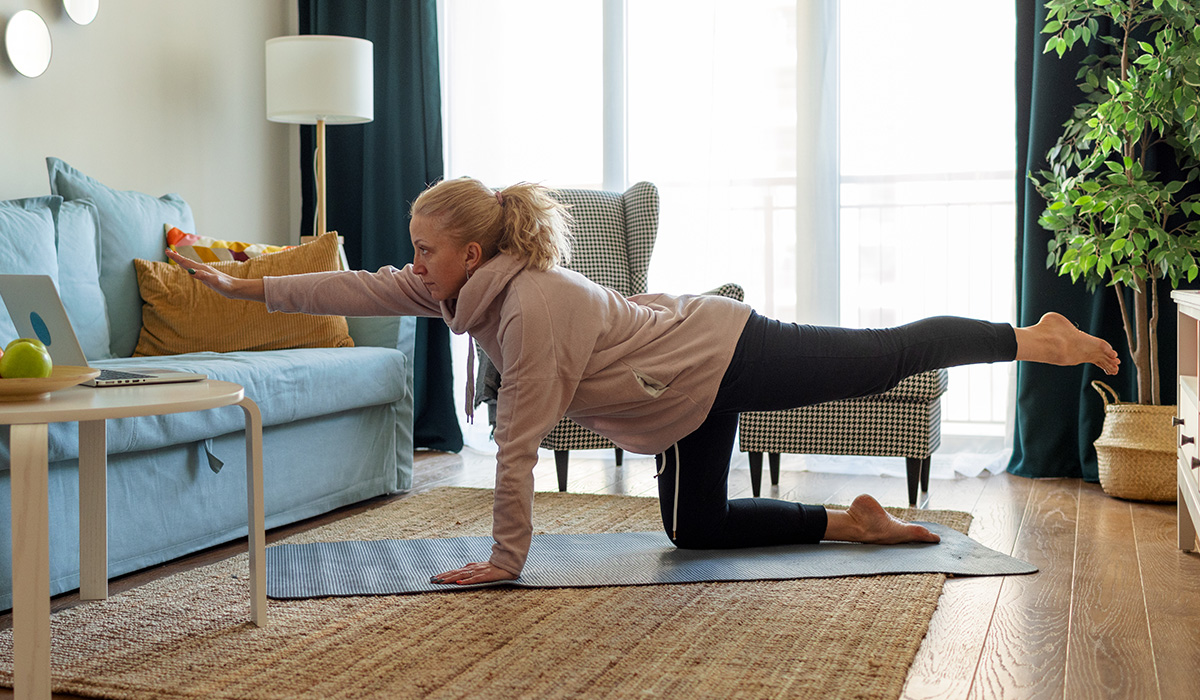Giant sets are doing 4 or more exercises back-to-back with no break. During these sets you can either pair exercises that are non-competing, in other words opposing muscle groups, or you can target the same muscle.
For example, you might do an overhead press, a lateral raise, a rear-delt raise and an upright row for shoulders — then rest a few minutes to catch your breath and repeat.
WHAT ARE THE BENEFITS?
- Improve muscular endurance and cardiovascular performance
- Increase athletic performance
- Can be time efficient
- Boosts mood and mental health
- Can promote weight loss
- Good for motivation
- Effective for burning calories and building strength



